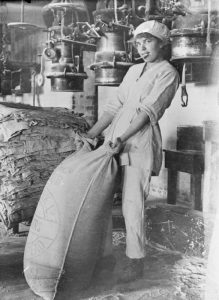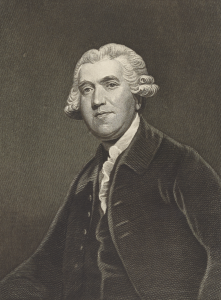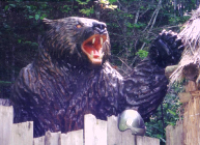There is a streak of unpredictable whimsy that runs through English high society from Georgian times up to Victoria’s accession to the throne and beyond. It was aggravated by conventions that made no sense and dug ever deeper chasms between the aristocracy and its servants. Take the brutal economics of keeping a horse in cities, large or small. It was generally reckoned to cost upwards of £300 a year per steed, looked after by specialist staff, some of them issued with uniform that cost more than their wages, even after allowing for any board and lodging found by the employer.
 Town-dwelling horses were kept in grouped stables, or mews, usually bearing the name of the street they served. The equine diets were the standard fare of working horses of the day: hay, oats and roughage, washed down with water at intervals. Horses were the prerogative of the very rich or tradesmen who could cover their outgoings from their business. Agricultural businesses occupied the middle ground in this polarised rule of thumb scenario. The more successful ones worked with established lines of Percherons, Cobs or Shires, often breeding their own draft animals and systematically avoiding the saddle horse fraternity.
Town-dwelling horses were kept in grouped stables, or mews, usually bearing the name of the street they served. The equine diets were the standard fare of working horses of the day: hay, oats and roughage, washed down with water at intervals. Horses were the prerogative of the very rich or tradesmen who could cover their outgoings from their business. Agricultural businesses occupied the middle ground in this polarised rule of thumb scenario. The more successful ones worked with established lines of Percherons, Cobs or Shires, often breeding their own draft animals and systematically avoiding the saddle horse fraternity.
There was no missing the fact that horses scaled up the waste disposal problems associated with urban lifestyles. Dung disposal alone was a significant challenge, to the point where the city of London filled at least two barges a day with sweepings from the city’s crossings, which went down to the Thames estuary under cover of darkness to dump good quality, nutrient-rich material at sea.
Clearly, today’s environmental issues have deep roots: they were taking shape in the Thames estuary and elsewhere around our coasts, long before the arrival of the automotive age.


 The Linlithgow committee provided four business snapshots based on live data (1923 figures..) to illustrate how the sector operated. There is no way of telling how much m, but the ones they published cast some light on the baking sector. Only theWar Office refused to share any data. The most detailed is based on figures from the National Association of Master Bakers’ and a number of local associations. The Industrial Co-operative group gave a terse rendering of the Co-op’s pricing structure, which differs in smalll but significant ways from retail rivals. Third is a glimpse of the War Office bakery, in Aldershot. It went to extraordinary lengths to say nothing. For the time being, I cannot locate where Butler Brothers traded, but the firm operated a number of branches from a central bakery.
The Linlithgow committee provided four business snapshots based on live data (1923 figures..) to illustrate how the sector operated. There is no way of telling how much m, but the ones they published cast some light on the baking sector. Only theWar Office refused to share any data. The most detailed is based on figures from the National Association of Master Bakers’ and a number of local associations. The Industrial Co-operative group gave a terse rendering of the Co-op’s pricing structure, which differs in smalll but significant ways from retail rivals. Third is a glimpse of the War Office bakery, in Aldershot. It went to extraordinary lengths to say nothing. For the time being, I cannot locate where Butler Brothers traded, but the firm operated a number of branches from a central bakery.




 As human populations settled, the first quality they lost was a deep awareness of a wider world beyond their existence. By leaving the land and settling in cities, humanity extinguished any remaining spark of interest in the outside world. This is just one of our nemeses emerging from the shadows. Others will catch us out sooner, but they lack the central importance of a planetary view of the natural world. Writing in Against the Grain, James C Scott reminds us that without the millennia during which prehistoric populations domesticated crops and livestock there would never have been agrarian city states. He also argues that such an important process need not be a linear progression, but that during those years human populations would have probably have lived by more than one activity, the exact combination of which would have changed with the prevailing conditions. Life in prehistory was difficult enough, without trying to stick to a linear progression from nomad to city dweller.
As human populations settled, the first quality they lost was a deep awareness of a wider world beyond their existence. By leaving the land and settling in cities, humanity extinguished any remaining spark of interest in the outside world. This is just one of our nemeses emerging from the shadows. Others will catch us out sooner, but they lack the central importance of a planetary view of the natural world. Writing in Against the Grain, James C Scott reminds us that without the millennia during which prehistoric populations domesticated crops and livestock there would never have been agrarian city states. He also argues that such an important process need not be a linear progression, but that during those years human populations would have probably have lived by more than one activity, the exact combination of which would have changed with the prevailing conditions. Life in prehistory was difficult enough, without trying to stick to a linear progression from nomad to city dweller.